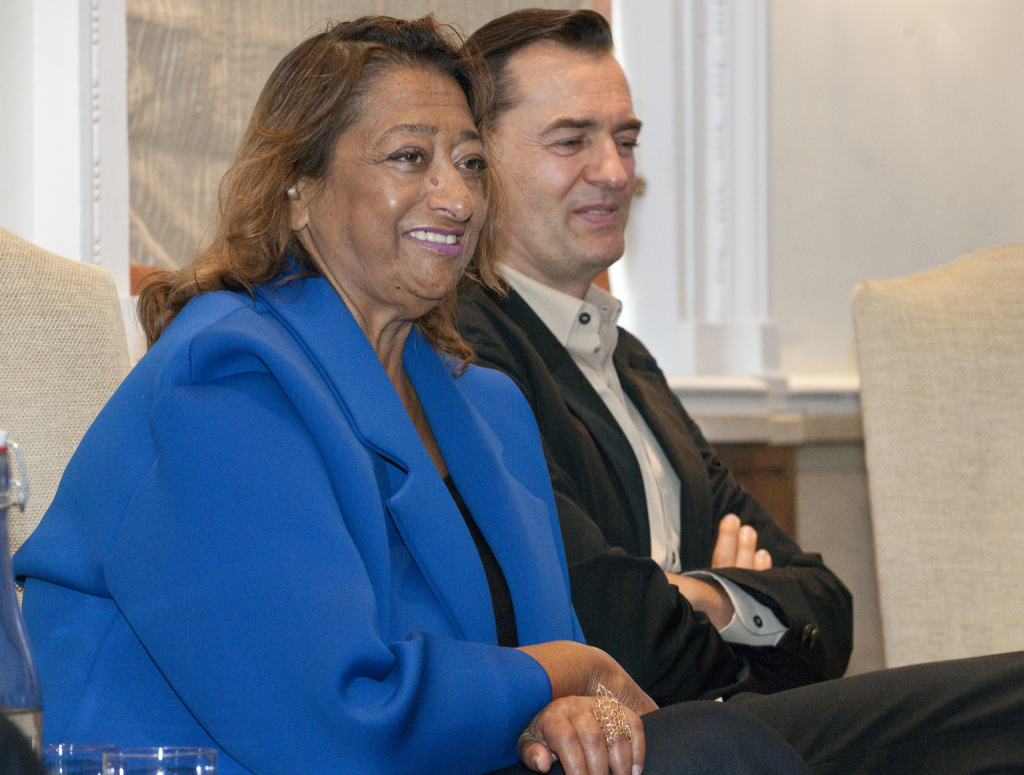Today (31 March 2016) Science Museum Group Director Ian Blatchford spoke of his sadness following the news that Architect Dame Zaha Hadid has died aged 65.
“Dame Zaha Hadid was an audacious architect and a great collaborator with the Science Museum. The death of such a brilliant pioneer is a dreadful loss to the worlds of science and design.
Our new Mathematics gallery will be the first permanent public exhibition in the world to be designed by Zaha Hadid Architects.
Her sculptural designs set a new standard when it comes to crystallising abstract mathematical thinking into beautiful physical forms. With her unique mathematical background and architectural vision, she has been a beacon of inspiration for young women everywhere.
The Museum sends its condolences to Zaha’s family and friends at this time. We will continue to work with her practice in the coming months to realise Zaha’s designs for our new Mathematics gallery, that we hope will provide a lasting tribute to her.”
Zaha Hadid, the Iraqi-British architect was born in 1950 and raised in one of Baghdad’s first Bauhaus-inspired houses. “In Iraq, maths was taught as a way of life,” she later recalled, at an event to celebrate her commission to design the Mathematics gallery. “We used to just do maths to resolve problems continuously, as if we were sketching.”
Dame Zaha vividly recalled a trip with her parents to the Science Museum. “It was for me at the time extremely fascinating to see instruments and understand about science. And, around the same time, I also went to art museums. I used to come every summer to London when I was in my teens.”

She went on to study mathematics at the American University of Beirut. The explosion of interest in construction and modernity of the 1960s encouraged her to study at the Architectural Association School of Architecture in London.
She became one of the most sought-after architects on the planet, the only female recipient of the prestigious Pritzker Architecture Prize, considered the Nobel Prize of the field, and was also awarded the Royal Institute of British Architects’ 2016 Royal Gold Medal.
Her work has its roots in movement that is a century old, notably with the Russian abstract artist Kazimir Malevich. The dire economic situation in the West in the seventies “fostered in us similar ambitions: we thought to apply radical new ideas to regenerate society.”
In September 2014, Dame Zaha spoke about her designs for our new Mathematics Gallery:
https://www.youtube.com/watch?v=_6PgPx8A_wI